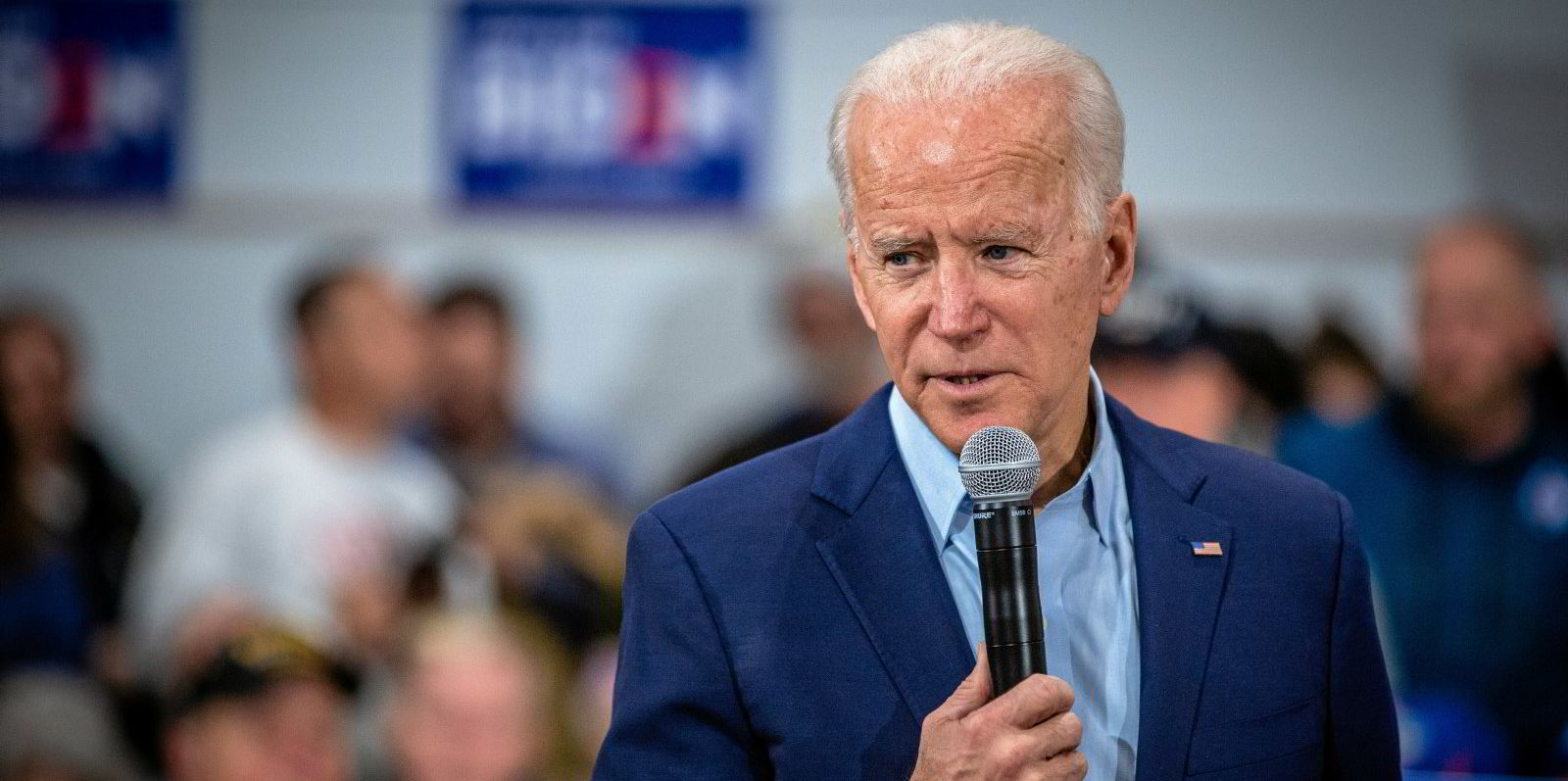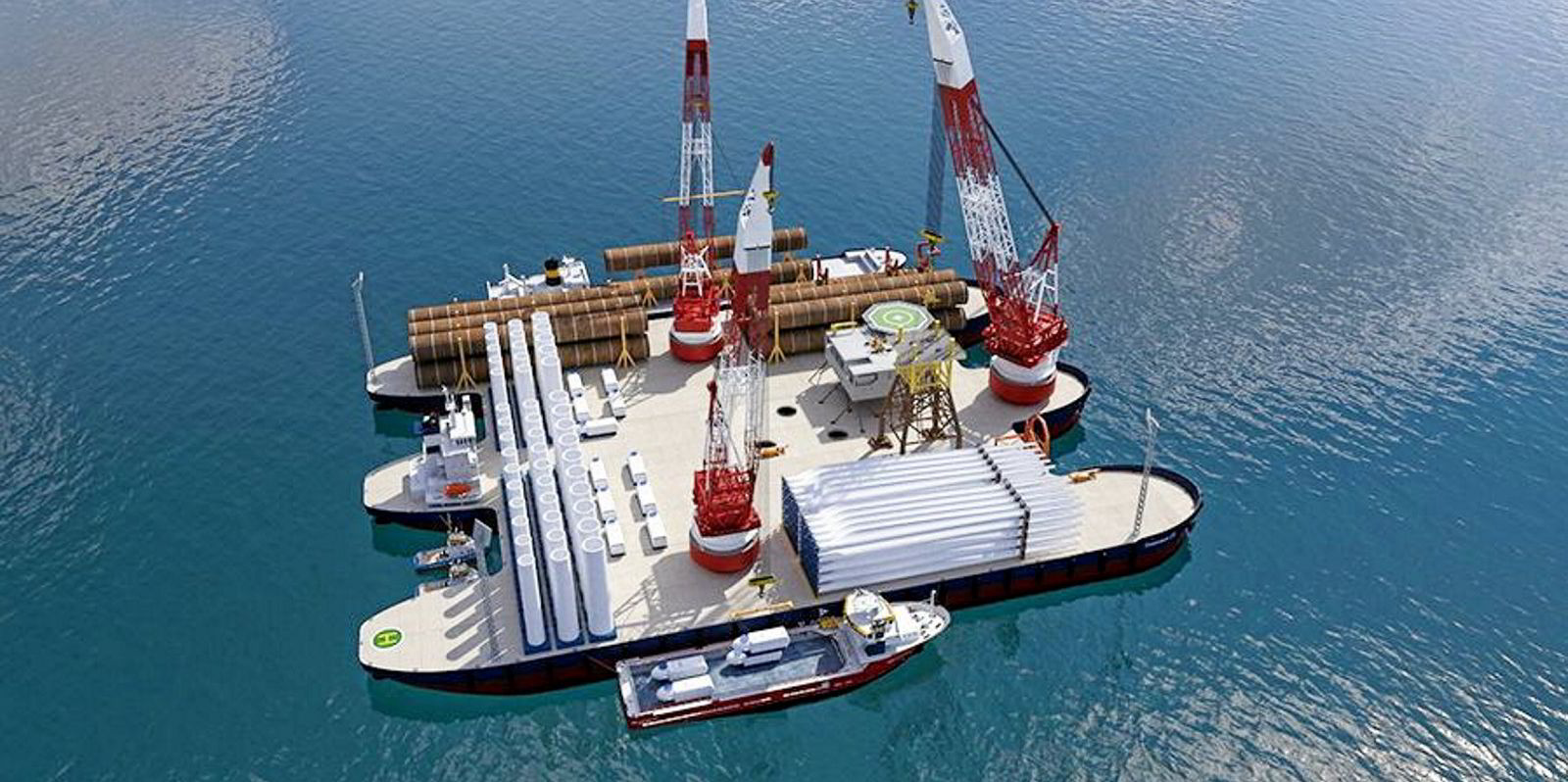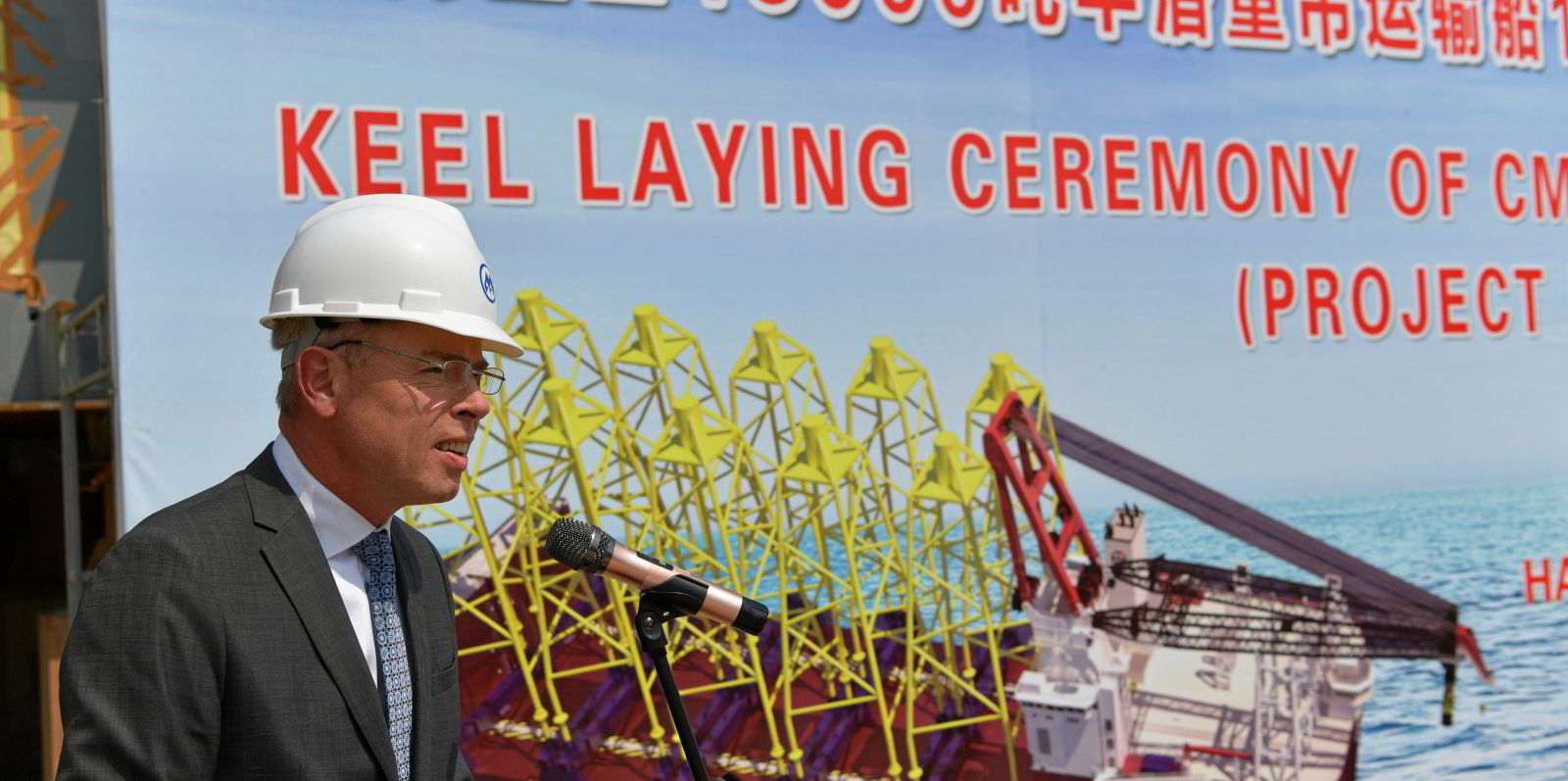Joe Biden has an ambitious plan to create a “clean energy revolution” in America.
That cannot be achieved without aggressive development of offshore wind resources, which presents substantial opportunities for US and foreign companies with heavylift, logistics, construction and other maritime capabilities.
While the president-elect marshals the country’s political will to make his plan a reality, there are immediate steps he should consider to spur the domestic offshore wind energy market.
The government entered into its first offshore renewable lease in 2009 and has been actively engaged in leasing and permitting efforts since then. But today, only seven US offshore wind turbines have been installed, able to generate about 40 MW of power.
In contrast, what is on the immediate planning board is meant to generate about 29,000 MW. At an average of 10 MW per turbine (all seven of the current turbines are 6 MW) that would mean the installation of almost 3,000 turbines and towers.
The primary hold-up has been the lack of political will to push approvals through the permitting process. Vineyard Wind, an 800 MW project south-east of Martha’s Vineyard in Massachusetts, seemed on the verge of final approval in the summer of 2019 but still has not been fully approved.
Showcasing its indifference, the Trump administration never bothered to appoint a director of the Bureau of Ocean Energy Management (BOEM), which enters into leases and permits all offshore projects.
The bureau’s non-political personnel have done yeomen’s work in trying to keep everything on track for renewables, but no large industrial project is likely to succeed without political backing — and that backing comes first in the form of a political appointee who speaks for the president.

So, one immediate step Biden can take is to prioritise appointing a BOEM director. Usually such sub-cabinet positions take time, which is a luxury Biden’s climate goals cannot afford.
The new director should also be armed with an executive order that prioritises offshore renewable energy projects and grants the government whatever power can be gleaned from existing law to streamline the permitting process. On this front, the Trump administration was on the right track to try to streamline projects — but not with a renewable focus.
In addition to speeding up the permitting process, Biden should aim to clear up offshore legal ambiguities that inhibit planning. The application of the Jones Act to offshore projects is a source of continuing uncertainty that inhibits Jones Act vessel construction in the US.
Customs and Border Protection (CBP), charged with providing guidance, is frozen into inaction by the fact that Congress left unclear the application of federal laws to renewables projects.
Congress may fix the problem on its own before Biden is sworn in, but if that does not happen, it should be made a priority for any legislation likely to be enacted. Guidance to the industry should then be made a CBP priority to help developers and vessel owners understand how the Jones Act applies.
Similar issues arise with the application of federal tax laws, offshore employment requirements and state liability laws. All deserve administrative attention to help projects get off the ground and stay financially healthy by reducing the chance of surprises later on.
For example, US international tax treaties generally cover oil and gas activities, but not renewables. The industry should not have to learn what taxes apply after the fact. Although it will not be easy to amend bilateral tax treaties, only a few countries need to be approached and they are likely to be willing to listen to help their own companies.
With relatively easy steps, the new president can try to jump-start the offshore wind industry and give it the chance to thrive.
Charlie Papavizas is a lawyer who focuses on administrative, legislative and finance matters in the maritime and offshore wind industries. He is a Washington DC-based partner at Winston & Strawn
Do you have an opinion to share? Email: news@tradewindsnews.com







